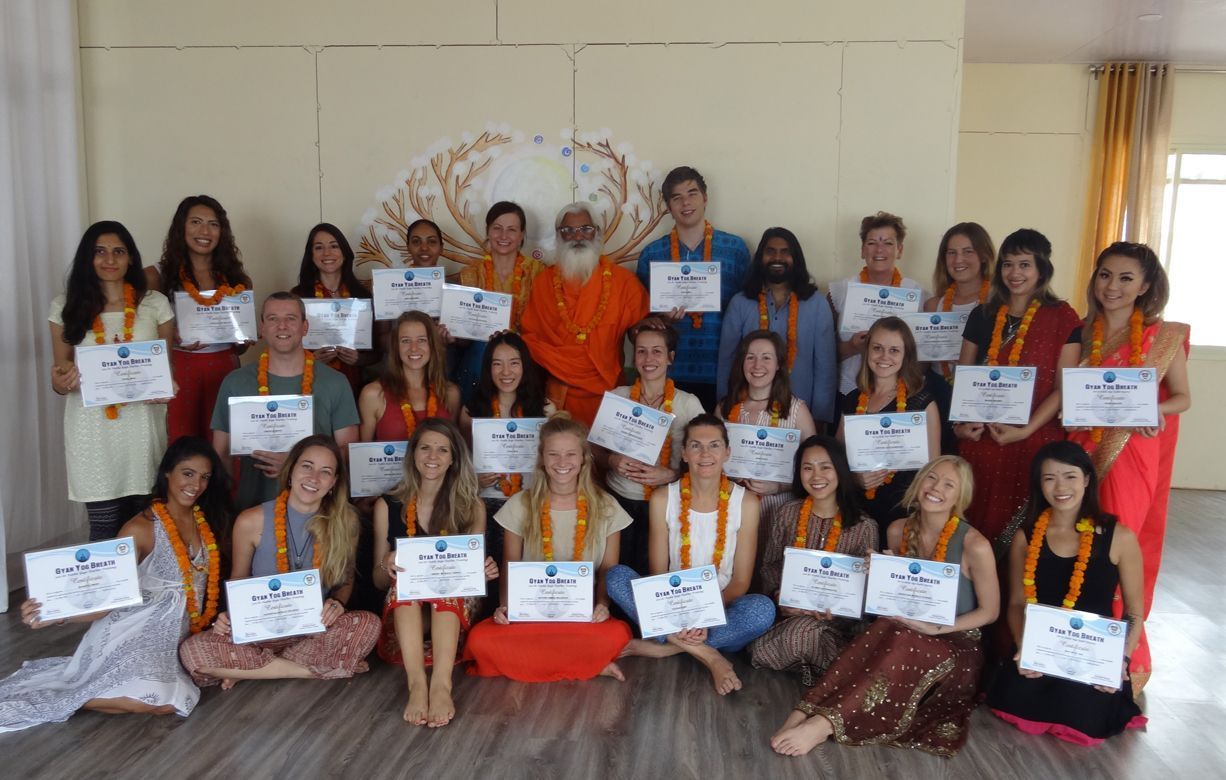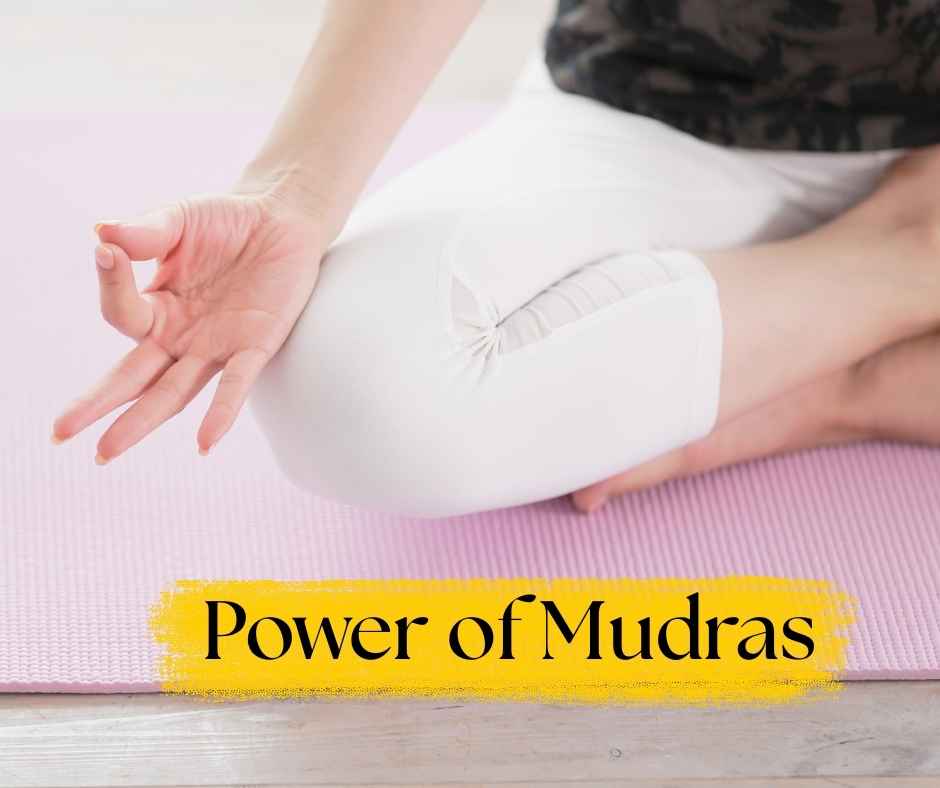Winter can be challenging. Shorter days, less sunlight, and colder weather often affect our energy levels and mood. While some people find comfort in the coziness of the season, others struggle with feelings of lethargy, sadness, or even winter blues (also known as Seasonal Affective Disorder). Luckily, yoga offers simple, joyful ways to uplift your mood and keep your body and mind balanced throughout the season. This article will walk you through effective yoga tips to Boost your mood and overcome winter joyfully.

1. Embrace Morning Sunlight with Sun Salutations (Surya Namaskar)
Sunlight, or the lack of it, plays a major role in how we feel during the winter months. The reduced exposure to natural light can lead to a drop in serotonin, a hormone that influences mood. One of the best ways to get more light and movement into your day is to practice Sun Salutations first thing in the morning.
Surya Namaskar (Sun Salutations) is a dynamic sequence of postures that help energize the body, stretch tight muscles, and improve blood circulation. Practicing this flow in the early morning, ideally near a window where you can get some natural light, mimics the energizing effect of the sun. Not only does this create warmth in your body, but it also signals your brain to wake up and release more serotonin.
Start with 5 to 10 rounds of Sun Salutations each morning to generate heat and vitality, even on cold and dark days.
How to Practice Sun Salutations:
- Pranamasana (Prayer Pose): Stand straight, palms together at the chest.
- Hasta Uttanasana (Raised Arms Pose): Inhale, stretch arms overhead, gently arch back.
- Padahastasana (Hand-to-Foot Pose): Exhale, bend forward, touch toes or the ground.
- Ashwa Sanchalanasana (Equestrian Pose): Inhale, step right leg back, look forward.
- Parvatasana (Mountain Pose): Exhale, step left leg back, forming an inverted V.
- Ashtanga Namaskara (Eight-Limbed Salutation): Exhale, lower knees, chest, and chin to the floor.
- Bhujangasana (Cobra Pose): Inhale, slide forward, lift the chest.
- Parvatasana (Mountain Pose): Exhale, lift hips, form an inverted V.
- Ashwa Sanchalanasana (Equestrian Pose): Inhale, step right foot forward.
- Padahastasana (Hand-to-Foot Pose): Exhale, step left foot forward, bend over.
- Hasta Uttanasana (Raised Arms Pose): Inhale, rise up, arch back.
- Pranamasana (Prayer Pose): Exhale, bring hands to the chest.
Repeat the sequence, alternating the leg stepped back in Ashwa Sanchalanasana to have 24 asanas in total.
2. Focus on Energizing and Heart-Opening Poses
Winter tends to make us curl inwards—physically, emotionally, and mentally. We spend more time indoors, hunched over desks or wrapped in blankets, which can lead to feelings of fatigue and isolation. Yoga’s heart-opening poses help counteract these tendencies, encouraging you to stay open, connected, and energized.
Best Heart-Opening Poses for Winter:
- Camel Pose (Ustrasana): A deep backbend that opens the chest and stretches the entire front body. It’s a great pose for boosting energy, improving posture, and relieving sluggishness.
- Bridge Pose (Setu Bandhasana): This pose opens the chest, shoulders, and hips while energizing the spine. It helps balance your emotions, releases tension, and increases your overall energy.
- Cobra Pose (Bhujangasana): A gentle yet effective way to expand the chest and relieve winter-induced tension in the back. Cobra Pose can help elevate your mood and improve focus.
These poses stimulate the heart chakra, which is associated with feelings of love, compassion, and connection. Practicing them regularly can counteract the tendency to feel isolated or down during the colder months.
3. Warm-Up Your Body with Pranayama (Breathing Exercises)
In winter, it’s not just our mood that can take a hit—the cold weather also makes it harder for our muscles to stay warm and flexible. Pranayama (yogic breathing) is an excellent tool for both mood enhancement and warmth generation.
Best Pranayama Techniques for Winter:
- Kapalabhati (Skull Shining Breath): This energizing breath generates heat in the body while cleansing the respiratory system. Kapalabhati also stimulates the mind, improving mental clarity and combating the sluggishness often felt during winter.
- Ujjayi (Victorious Breath): Known for its warming effect, Ujjayi breathing creates internal heat, making it ideal for winter. It promotes focus, reduces stress, and calms the nervous system.
To practice Kapalabhati:
- Sit in a comfortable position.
- Take a deep inhale.
- Exhale forcefully through the nose, pulling the belly in with each exhale. Inhale passively between exhales.
- Repeat 20-30 short, sharp exhalations and follow with a long, deep breath.
For Ujjayi:
- Inhale deeply through the nose, slightly constricting the throat.
- Exhale slowly, maintaining the same throat constriction, creating a sound similar to ocean waves.
- Practice this for 5-10 minutes to build internal warmth.
4. Practice Restorative Yoga to Relieve Stress
Winter can be a season of stress, particularly around the holidays or during darker days when we may feel overwhelmed by work or life’s demands. Restorative yoga is designed to help you relax deeply, reducing stress and anxiety.
Best Restorative Poses for Winter:
- Child’s Pose (Balasana): A deeply grounding pose that helps soothe the nervous system and release emotional tension.
- Legs-Up-the-Wall (Viparita Karani): This pose promotes circulation, calms the mind, and gently stretches the back of the legs. It’s a great way to restore energy and reduce anxiety during long winter days.
- Reclining Bound Angle Pose (Supta Baddha Konasana): With the help of props like blankets or bolsters, this pose opens the hips and heart while deeply relaxing the body. It can be done for several minutes to reset your mood and release stress.
Incorporating restorative yoga into your routine will help you navigate winter’s challenges with ease and calm.
5. Stay Grounded with Forward Folds
Forward bends are excellent for grounding the body and mind, which is especially helpful during times when you feel scattered or anxious. These postures bring your attention inward, creating a sense of safety and stillness.
Best Forward Folds for Winter Grounding:
- Seated Forward Bend (Paschimottanasana): A gentle stretch for the back and hamstrings, helping you feel calm and centered.
- Standing Forward Bend (Uttanasana): This pose soothes the nervous system while stretching the back of the body, encouraging relaxation and focus.
- Wide-Legged Forward Bend (Prasarita Padottanasana): In addition to calming the mind, this pose helps stretch tight winter muscles and release tension.
Forward folds can be held for several breaths, allowing you to feel more grounded and connected during periods of winter unease.
6. Set Intentions with Meditation
Winter is a natural time for reflection and introspection. As the year comes to a close, many of us think about what we want to release and what we hope to invite into our lives for the new year. Meditation helps you set these intentions while quieting the mind and cultivating inner peace.
Best Meditation Practices for Winter:
- Gratitude Meditation: During winter, it’s easy to focus on what feels difficult. Practicing gratitude can shift your mindset, helping you appreciate the warmth, shelter, and opportunities you have. Sit comfortably, close your eyes, and mentally list things you’re grateful for.
- Loving-Kindness Meditation: This practice cultivates compassion toward yourself and others, reducing feelings of isolation during the colder months. Visualize sending love and kindness to yourself, then extend this feeling to friends, family, and even strangers.
Meditation doesn’t need to be long. Just 5-10 minutes a day can help you stay mindful and joyful throughout the winter season.
7. Nourish Yourself with Sattvic Foods
Winter is the perfect time to enjoy warming, nourishing foods that energize you from the inside out. In yoga, sattvic foods are considered pure, harmonious, and beneficial for the body and mind.
Best Sattvic Foods for Winter:
- Soups and Stews: Made with root vegetables, grains, and warming spices like ginger and turmeric.
- Herbal Teas: Such as ginger, cinnamon, or tulsi, which help stimulate digestion and keep you warm.
- Warm Grains: Like oatmeal or quinoa, which are grounding and easy to digest.
Eating sattvic foods helps you stay energized, balanced, and nourished, even on the coldest days.
8. Stay Consistent with Your Practice
Finally, one of the most important aspects of overcoming winter with joy is maintaining consistency. It can be tempting to skip your yoga routine when the weather is cold, but staying committed will keep you feeling physically and mentally strong.
Even on days when you don’t feel like doing a full practice, try to incorporate a few poses, some pranayama, or a short meditation. Regular practice will keep your body warm, your mind clear, and your mood elevated throughout the winter months.
9. Align with Ayurvedic Wisdom: Winter Foods for Balance
In Ayurveda, winter is the season of Kapha—cold, heavy, and slow energies dominate. To balance these qualities, Ayurveda recommends consuming warming, nourishing foods that promote energy, digestion, and immunity. Integrating Ayurvedic principles into your winter diet can help keep your body in harmony and your mood elevated.
Best Ayurvedic Foods for Winter:
- Warm Spices: Incorporate spices like ginger, cumin, cinnamon, and turmeric to promote digestion and warmth.
- Root Vegetables: Foods like sweet potatoes, carrots, and beets are grounding and nourishing.
- Warming Soups and Stews: Cooked meals with lentils, grains, and seasonal veggies help keep your energy steady.
Avoid heavy, cold, or overly greasy foods that can increase Kapha and lead to sluggishness or lethargy. Ayurvedic meals during winter focus on simplicity, warmth, and balance, helping you feel light and energized throughout the season. Combining yoga with the right diet will allow you to embrace winter with joy and vitality.







